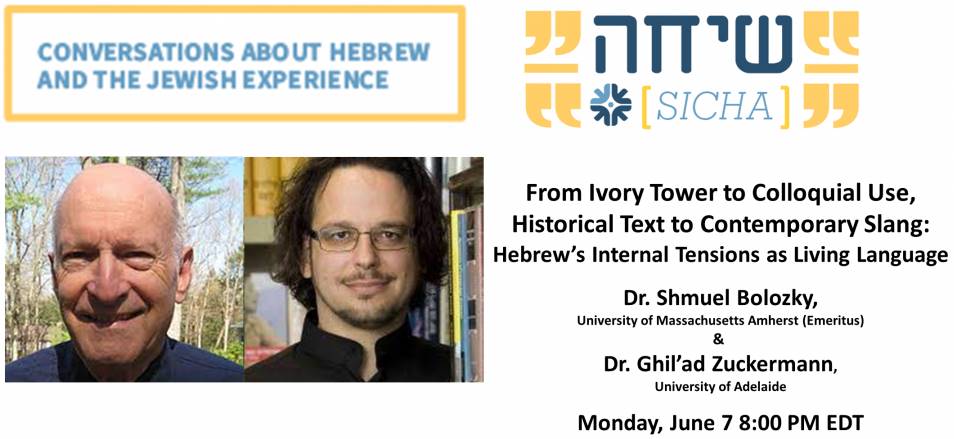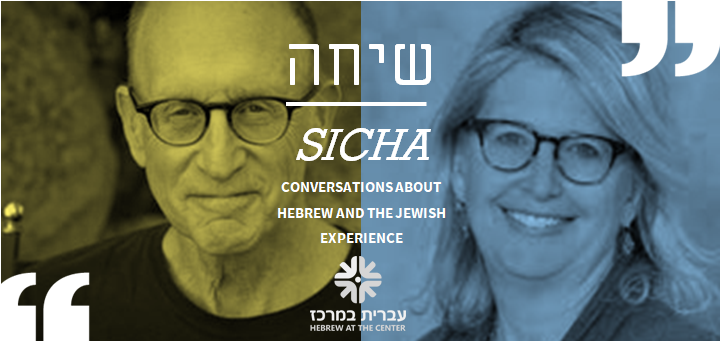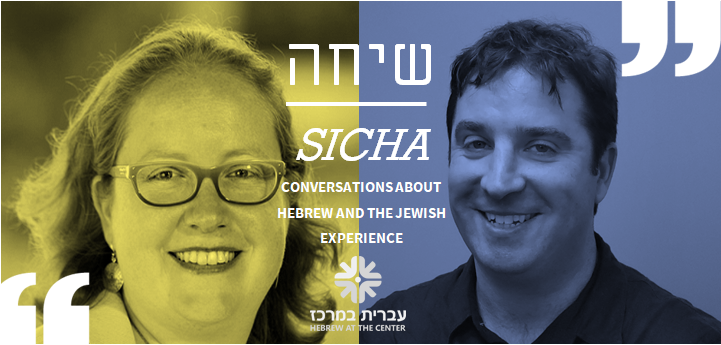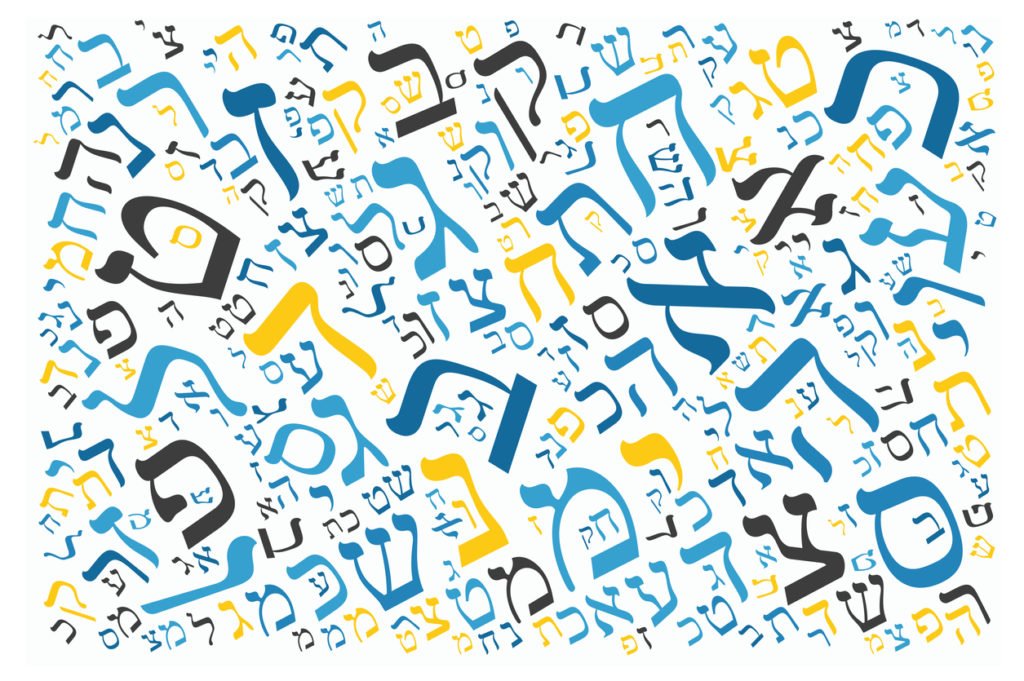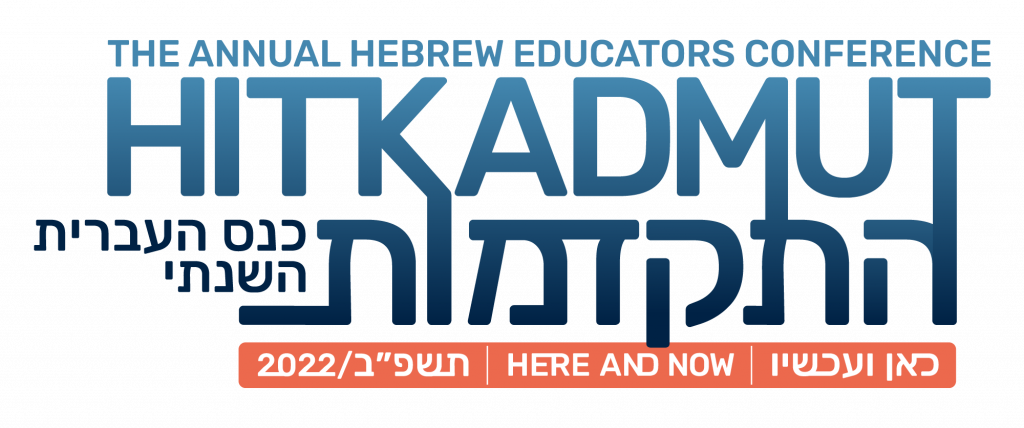By Dr. Jeremy Benstein, HATC Senior Consultant
The favorite joke of one of my sons, when he was about four years old, went as follows (translated from the original Hebrew): “A man was walking along, fell into a hole, and couldn’t get out. ‘God,’ he prayed, ‘Make a miracle for me!’ God answered: ‘With sugar or without sugar?'”
Now, in order to get this joke, you have to understand that the word for “miracle” in Hebrew is nes, which also means “instant coffee.” So, if you ask someone to make you a nes, you’re more likely to get a cup of coffee than a miracle. Even from God.
Nes, by the way, is actually short for nescafe, which though the brand name of a type of coffee made by Nestle, is generic in Israel for “instant coffee.” The correct term for that light brown powder dissolved in hot water (which is hardly divine, by any standard) would be kafeh names, literally “dissolving coffee.” Compared to other types of coffee, this one (pronounced “nah’mess”), indeed involves less mess, and thus is somewhat miraculous.
Today Israel boasts world-class cafes in most cities and a burgeoning coffee culture, with a plethora of brews to fit every discerning palate. But once nes was one of a mere two types of Israeli coffee.
The other was a sort of Turkish coffee that, instead of being cooked on the stove, is simply mixed in water like nes. But since it is essentially unbrewed coffee grounds, the miraculous dissolution does not occur. This leaves a thick, black sludge at the bottom of the glass, which looks a lot like mud, or in Hebrew, botz, which became the name for this potent beverage usually served in small glass cups.
It’s not hard to imagine the chalutzim, Israeli pioneers, after a hearty mug of muddy botz in the morning, going out to drain the swamps — the bitzot, same root — whose black peat looked and probably smelled about the same.
Miracle or Mud?
These two types of coffee seemed to define the two poles of Israeli reality: miracle or mud. Roses or thorns, paragon or pariah: a country of extremes. And it’s no accident that these are opposites. For the third type of coffee, which came on the scene a little later, is kafeh hafuch, or simply hafuch, meaning “opposite,” or “reversed.” Or upside-down, or inside-out, or backwards – from the Hebrew word hafuch means all those things. More on that to follow.
In the case of coffee, though, it means something between a cappuccino and a latte (or café au lait) – a shot of espresso, with a lot of milk, and possibly some ketzef, whipped or steamed milk, depending on your taste. It’s not clear whether this is considered hafuch, backwards or reversed, because the hot milk is poured in first, and only then the coffee (not every barista would agree with that method), or simply because as opposed to nes, which is a lot of water and a little milk, this is the opposite. (While this coffee is usually not made at home, it is one of the most popular types ordered in cafes.)
Many claim that this is a unique Israeli blend, but it turns out that in the Netherlands something like this type of coffee exists and is called verkeerd,“incorrect” or “cockeyed,” not unlike hafuch. Who knows? Perhaps it was not only the Turks who influenced Israeli coffee culture, but the Dutch as well.
A revolutionary word
The root of the word hafuch is h-f-ch, which may not evoke the same symbolism as do “miracles” and “mud,” but is also central to Israeli culture and history. The very oscillation between the “roses” and the “thorns” is an indication that reality here is very hafachpach, a beautiful word that means “changeable,” “volatile,” or “erratic.” It is in a form that repeats the second syllable (“f” and “p” being alternates of the same medial letter) to make it a descriptor, and almost onomatopoeic at that: one can almost hear the flip-flop.
Probably the most well-known use of this root was by the legendary newscaster Haim Yavin, who broadcast the results of the election polls in the game-changing vote of 1977 when the Labor Party was ousted and the Likud, under the leadership of Menachem Begin, came to power for the first time in the history of the state.
To this day, Israel uses paper ballots, and so it can take many hours to get even preliminary results. That year was the first time public opinion surveys were conducted at the polling stations to get an indication of the results before the final count. When Yavin got the news that the polls showed Likud with a significant lead, he summed it up in a word: “Mahapach!,” a reversal, an upset, a sea change.
In saying this, Yavin meant that this was not nearly a mahapecha, a full-fledged “revolution.” And since it was achieved by democratic means, neither was it a haficha, a coup d’etat. But all of these words from h-f-ch signify different political developments that turn things, well, inside-out, upside-down, or backwards – at least relative to previous regimes or norms.
Even though the Starbucks chain famously failed in Israel, it seems that the global coffee culture is here to stay. One might say that this trend is not hafich, “reversible.” This form makes the verb “X” mean “X-able,” such as achil “edible”, from aleph-ch-l, “eat,” or kari, “legible,” from k-r-aleph, “read” or dalik, flammable, from d-l-k, “burn.”
But to someone who would claim that regime change or a bad political decision is irrevocable or irreversible, bilti hafich, we would say: lehefech! “Au contraire!” Hope springs eternal, and we have to believe that there’s still room for some surprising tahapuchot – turnarounds, changes of direction, though at times it may seem like this requires nothing short of a nes.



